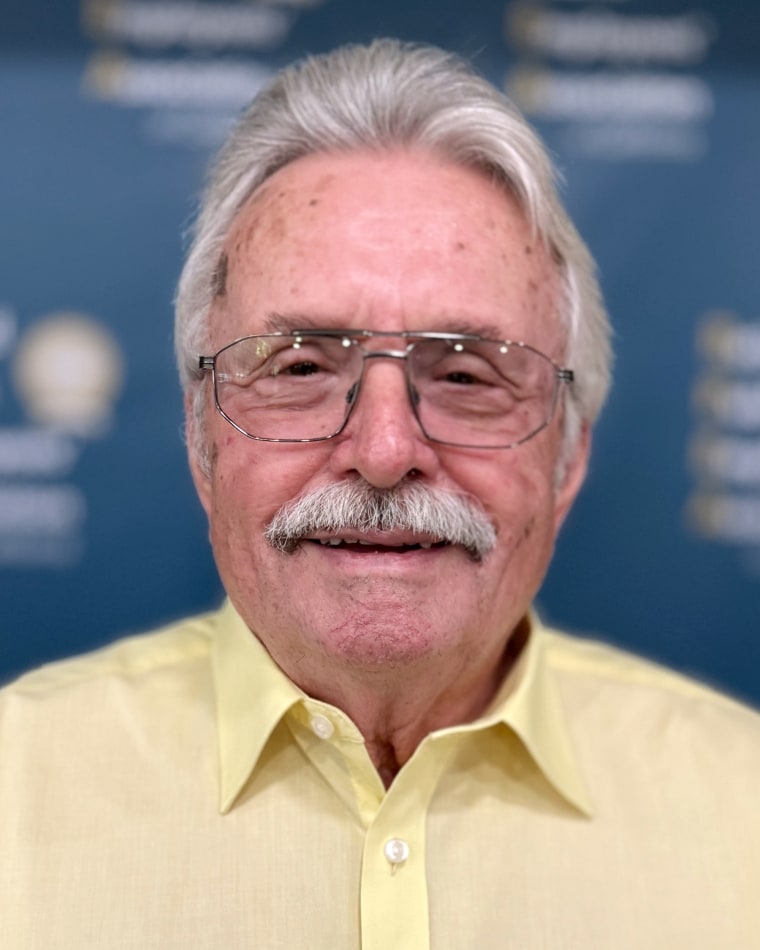California public pension fund, the nation’s largest, faces probe launched by concerned retirees
In recent years, the handling of the nation’s largest public pension fund has caused growing alarm among a group of retirees who rely on it.
They have sought an outside audit of California’s $530 billion pension fund, known as the California Public Employees’ Retirement System, or CalPERS. They have also tried to persuade legislators to install an inspector general to monitor its operations.
Both efforts went nowhere. Now, they’ve decided to take matters into their own hands.
The retired public employees are taking the unusual step of hiring a forensic pension investigator to provide clarity on the fund’s investments, the high fees it is paying to big Wall Street firms and its lagging performance.

“We’re going to take this on, on our own,” said Margaret Brown, a former CalPERS board member who is now president of the Retired Public Employees’ Association of California, a nonprofit advocacy group with roughly 22,000 members.
Retirement anxiety is a nationwide worry, of course, and it looms large for CalPERS’ 2.3 million members. CalPERS’ obligations to beneficiaries are only 75% funded, its latest financial statements show, below the national average of 83.1%, according to the National Conference on Public Employee Retirement Systems.
CalPERS’ investments have lagged behind other pensions’ — its portfolio of stocks, bonds, real estate and private equity returned 6.6% on average in each of the past five years, against the average public fund’s gain of 7.15%, according to NCPERS. Last year was a bit better, with CalPERS up 9.3% versus the average public pension fund return of 9.47%. Still, CalPERS’ one-year gain lagged behind its benchmark return of 10.3%.
Although publicly traded stocks have been among CalPERS’ best performing assets of late, the fund has increased its exposure to costly and opaque private investments, including private equity.
The most recent annual financial report shows CalPERS had 15.6% of its portfolio in private equity, up from its previous target weight of 10% in 2023. Measured over one-year, five-year, 10-year and 20-year periods, CalPERS’ private equity has underperformed its benchmark in three of those time frames, its records show.
Meanwhile, other large institutional investors are dumping private equity investments as their performance wanes. In a February report about pension funds in general, S&P Global analysts characterized increasing exposure to private equity as problematic for pensions “since these investments often have opaque and variable disclosures and increasing fees, meaning that risk versus return might be hard to measure.”
Large state pension funds’ exposure to private equity and limited transparency has also prompted concerns in other parts of the country, including in Ohio and Minnesota.
Brown, who was on the CalPERS board from 2018 through 2022, spent her career at Garden Grove Unified School District and was responsible for the district’s planning, funding and construction of large-scale capital projects.
“Our members who are paying attention to what’s going on at CalPERS are concerned about the investment decisions and the 75% funding,” she said.
The fund’s decision to plow more money into private equity as other savvy investors are reducing their holdings is a major worry, she said.
“Does anyone honestly believe that CalPERS knows more than the major investors around the world?” Brown asked. “Or is CalPERS simply betting that private equity will save the pension fund and bolster returns? I believe the latter.”

J.J. Jelincic, another ex-CalPERS board member who is now director of health benefits at the Retired Public Employees’ Association, is especially concerned about a lack of transparency in the pension fund’s operations.
“They are getting more and more secretive, and that clearly is upsetting,” he said. “It’s getting harder and harder to know what they’re up to.”
James Scullary, a CalPERS spokesman, declined to comment on the new investigation. As for the pension fund’s higher allocations to private equity, he said the investments have outperformed all its other asset classes over the past 20 years, generating a 12% annualized return.
Still, that return failed to meet the benchmark CalPERS used for the asset class in the period.
As for the CalPERS’ 75% funding status, Scullary said it is well-prepared to provide payments to pension beneficiaries “for years to come.” CalPERS, he added, “is unwavering in its commitment to serving the best interests of its members, ensuring their financial security and well-being both now and in the future.”
Brown and Jelincic said they intend to raise the money to pay for the CalPERS analysis from members of the retired employees association and anyone else with an interest in holding the fund to account.
They plan to hire their own forensic pension investigator — Edward Siedle, a former Securities and Exchange Commission attorney — because their previous efforts to monitor the fund’s operations failed.
These included unsuccessful attempts to get state legislators to order an audit of the fund and to require the creation of an inspector general to oversee it, Brown said.
Siedle’s task won’t be easy. He has faced opposition to his work at other pensions and said he expects a similar response from CalPERS.
Other large public pensions have inspectors general monitoring their activities. In 2008, after a pay-to-play scandal involving the New York State Common Retirement Fund, New York Comptroller Thomas DiNapoli established the Office of the Inspector General “to prevent, detect and deter corruption, fraud, criminal activity, conflicts of interest and abuse within the Office and within the NYS Common Retirement Fund.”
Scullary, of CalPERS, said oversight of the fund’s operation comes from its independent auditor and 13-member board. But Jelincic said when he requested copies of internal audits, he was advised that some are exempt from disclosure, so the auditor’s oversight is difficult to assess. Past reasons for denying access to audits include claims of attorney-client privilege and proprietary information in private equity documents.
At Scullary’s suggestion, NBC News raised Brown’s and Jelincic’s concerns with Rocco Paternoster, executive director of California State Retirees, a 44,000-member advocacy group advocating for retired state employees on their pension and health benefits. Paternoster characterized Brown and Jelincic as disgruntled former CalPERS board members and said that while his members would like the funding level to be higher than the current 75%, it “is not something we’re panicked about.”
Asked about CalPERS’ increased commitments to costly private equity partnerships, Paternoster said, “We believe you need to incentivize people to work hard on your behalf. Commissions and fees are not a concern for us.”
CalPERS records show it paid private equity managers $569 million in investment fees in its most recent fiscal year, just over half of the total $1 billion the fund paid in fees to manage its investments.
Brown and Jelincic are not the only retirees concerned about the state of CalPERS.

“I seriously feel my pension is at risk,” said David Soares, a former prosecutor in the San Francisco Bay area who retired in 2016 after 32 years on the job. “What we’re seeing is an absolute wholesale looting of the fund through fees being paid to outside managers. They are letting billions of dollars fly out the door with no benefit.”
CalPERS’ executive ranks have also experienced turmoil over the past decade. A former chief executive of the fund, Federico R. Buenrostro, received a 4.5-year prison sentence in 2016 for accepting $250,000 in cash bribes from a placement agent who solicited pensions to invest in private equity funds.
Since 2020, the fund has seen turnover among its chief investment officers, with two leaving unexpectedly after short tenures. One left after it came to light that he owned shares in a private equity company that does business with CalPERS.
In another setback, a state judge concluded that the fund had violated California’s open meetings law. Scullary declined to comment on the violation, saying the fund follows the law.
Siedle, the investigator hired by the retired public employees group, has probed three public pension funds in recent years. His 2024 analysis of the Minnesota Teachers Retirement Association pension, commissioned and crowdfunded by a group of retired educators, found the pension had underreported the fees it was paying to investment managers by failing to disclose large payments to private equity managers.
Following the investigation, the fund began listing these payments — $80 million in 2024, or 76% of the fund’s total external manager fees.
Sara Swenson, a spokeswoman for the Minnesota pension, said in a statement that the fees, although previously undisclosed, had always been netted out of the fund’s return calculations. The new practice of detailing fees paid to private investment managers “was made possible by work that began many years ago,” she said.
<
